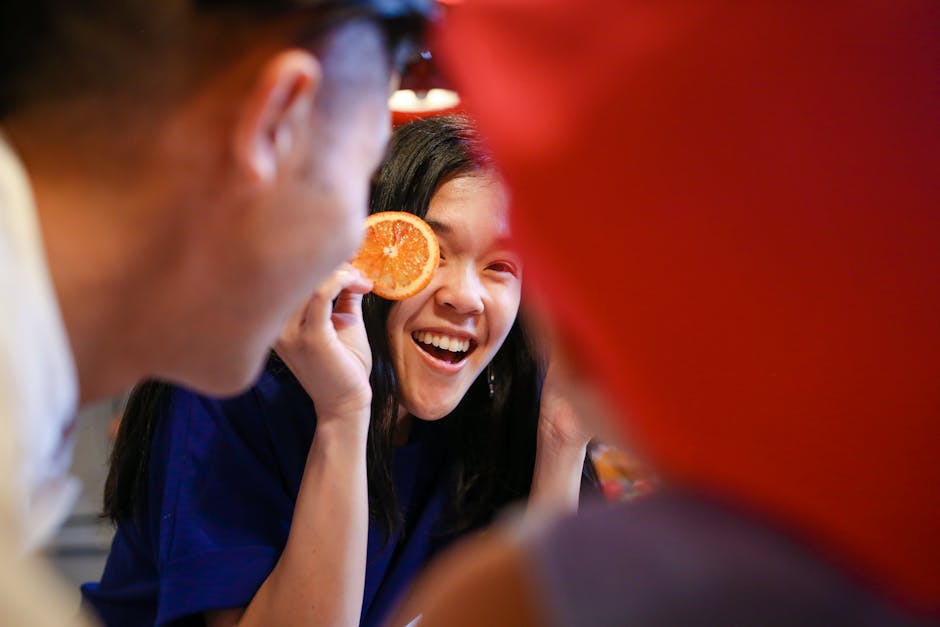Introduction: A Global Cooking Show Phenomenon
In a crowded streaming landscape, Netflix’s Culinary Class Wars has carved out a unique space, merging Korean culinary heritage with gripping competition. The show’s success—showcased at the Taiwan Creative Content Fest (TCCF)—highlights how cultural authenticity can captivate global audiences.
The Secret Ingredient: Korean Cultural Storytelling
Culinary Class Wars goes beyond cooking—it’s a celebration of Korea’s food traditions. From kimchi to bulgogi, contestants reinterpret iconic dishes while judges explore the cultural significance behind each bite. The show’s focus on emotional storytelling—like the nostalgia of a family recipe—resonates deeply.
Why the World Loves It
- Universal Appeal: Food transcends language, making Korean banchan as relatable as Indian thali.
- Authenticity Over Drama: Unlike Western cooking shows, it balances tension with heartfelt moments.
- Localized for Global Audiences: Subtle adaptations in narration and diverse contestants boost relatability.
TCCF Spotlight: A Blueprint for Cross-Cultural Content
At TCCF, industry experts praised the show’s ability to translate Korean han (resilience) into a globally appealing format. Plans for Southeast Asian adaptations (Taiwan, India) signal Netflix’s commitment to regional storytelling with worldwide reach.
Criticism & Cultural Debate
Some argue the show simplifies Korean culture for Western palates, while others credit it for sparking interest in lesser-known dishes. The debate reflects broader conversations about cultural representation in media.
What’s Next?
With spin-offs in development, Culinary Class Wars could become Netflix’s next franchise. Its success proves audiences crave immersive, culturally rich entertainment.
Conclusion: Food as a Bridge
The show reminds us that food is more than flavor—it’s a shared language of heritage and connection. As TCCF highlighted, such stories are the future of global content.




